detail profile junko uozumi
Peran Yang Di Mainkan Junko Uozumi
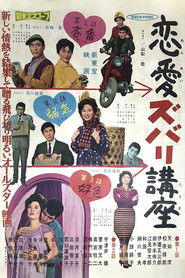 A omnibus movie consisting of the...
A omnibus movie consisting of the...Ren'ai Zubari Kōza 1961
A omnibus movie consisting of the three parts: "Kechinbo", "Yowak" and "Kōshoku".
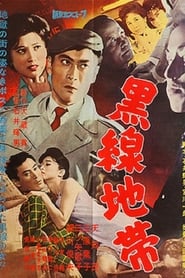 Freelance reporter Scoop Machida is hot...
Freelance reporter Scoop Machida is hot...Black Line 1960
Freelance reporter “Scoop” Machida is hot on the trail of a prostitution ring called the Black Line, when he is framed for the murder of a young woman. Forced to clear his own name, the handsome journalist sinks deeper into the Black Line’s rotten swamp of drugs, prostitution, and murder and finds unexpected help in Maya, a steamy female gambler familiar with the neon-lit streets, shadowy alleyways, and seedy nightclubs he must navigate. The closest film in the Line series to classic American film noir, Ishii’s Black Line is a pulpy assortment of crime film conventions including the starkly expressionistic black and white cinematography by Jûgyô Yoshida, a jazzy music score by Michiaki Watanabe, and a sleazy screenplay by Ishii and Ichirô Miyagawa.
 For the poor Edo is Hell...
For the poor Edo is Hell...The Shadow Avenger 1959
For the poor, Edo is Hell on Earth, starving under the rule of Tanuma Okitsugi, corrupt councilor to the shogun. But the courageous vagabond called “Kageboshi” (Shadow Avenger), will fight for the common folk, robbing the rich so the people will have rice. Tanuma’s henchmen will hire an evil swordsman to pose as Kageboshi, starting a wave of murder, kidnapping and robbery, searching for two antique sword-guards that will reveal the hiding place of a fortune in buried gold. But who will claim the gold? The poor of Edo, or the conniving Tanuma? Only Kageboshi’s flashing sword, tearing through Tanuma’s bloodthirsty minions, can forestall his wicked schemes.
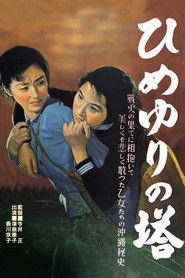 A group of Okinawan high school...
A group of Okinawan high school...Tower of Lilies 1953
A group of Okinawan high school girls are drafted as nurses during the American invasion of the island. As the enemy army advances further, the situation for the girls becomes increasingly desperate as food and shelter run out and the number of injured climbs, leading to the film's tragic finale.

 Liveaction adaptation of Ko Kojimas manga...
Liveaction adaptation of Ko Kojimas manga...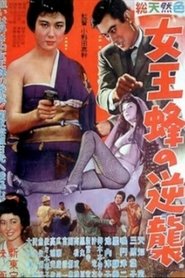
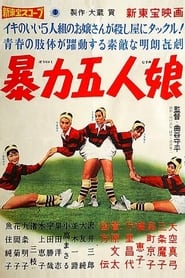 Japanese comedy film
Japanese comedy film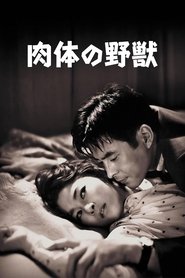 A young obstetriciangynecologist who was betrayed...
A young obstetriciangynecologist who was betrayed...